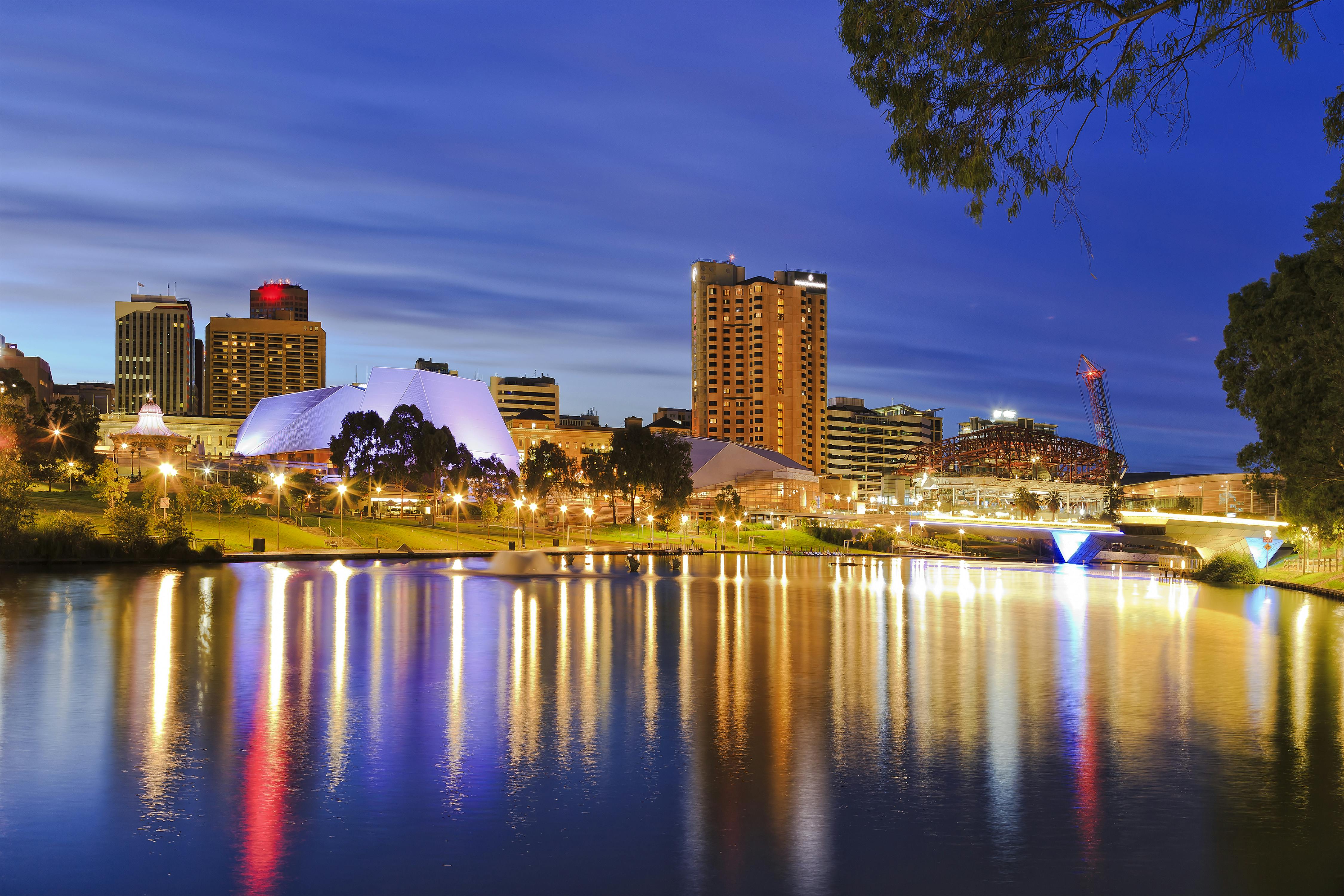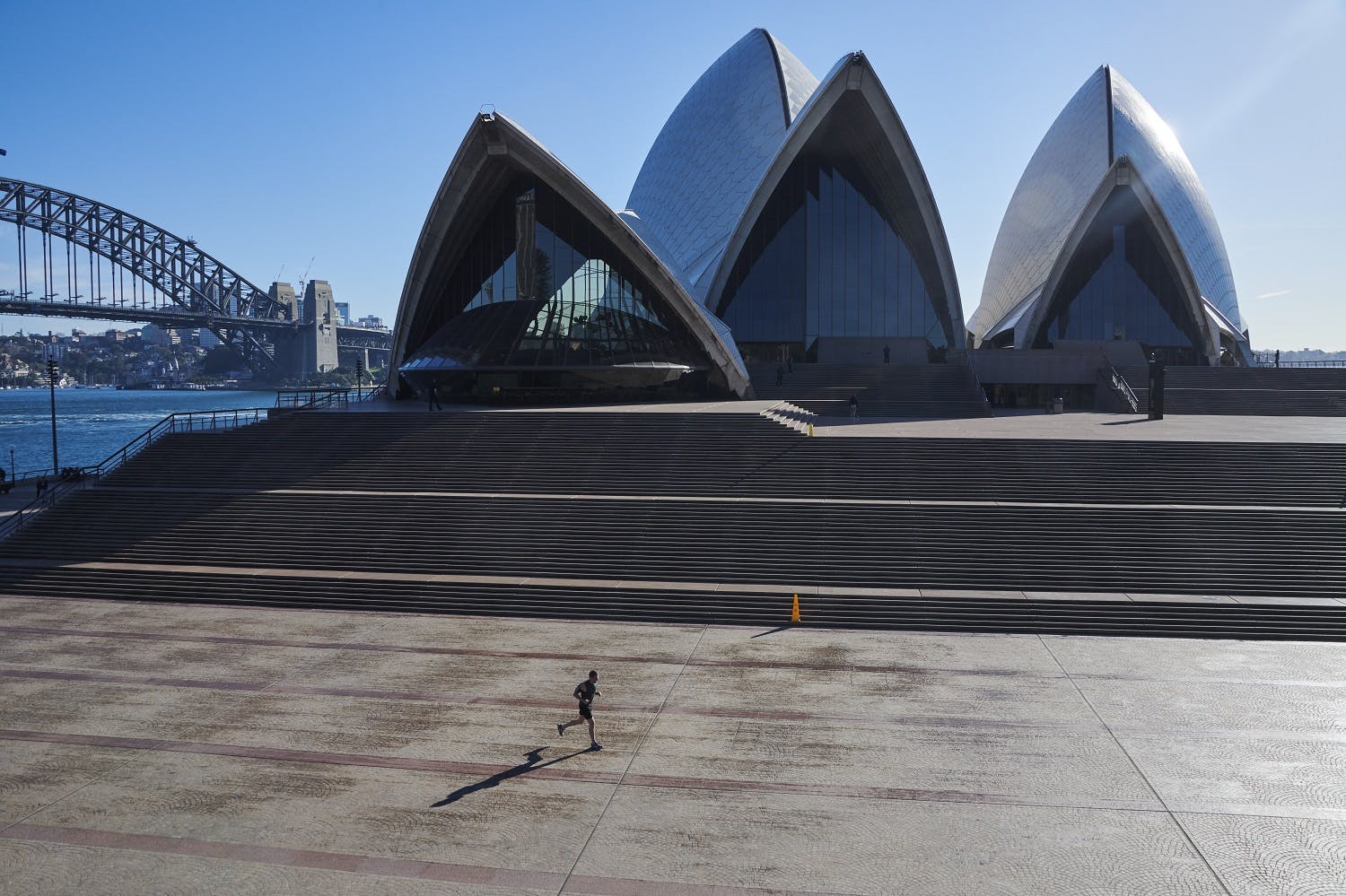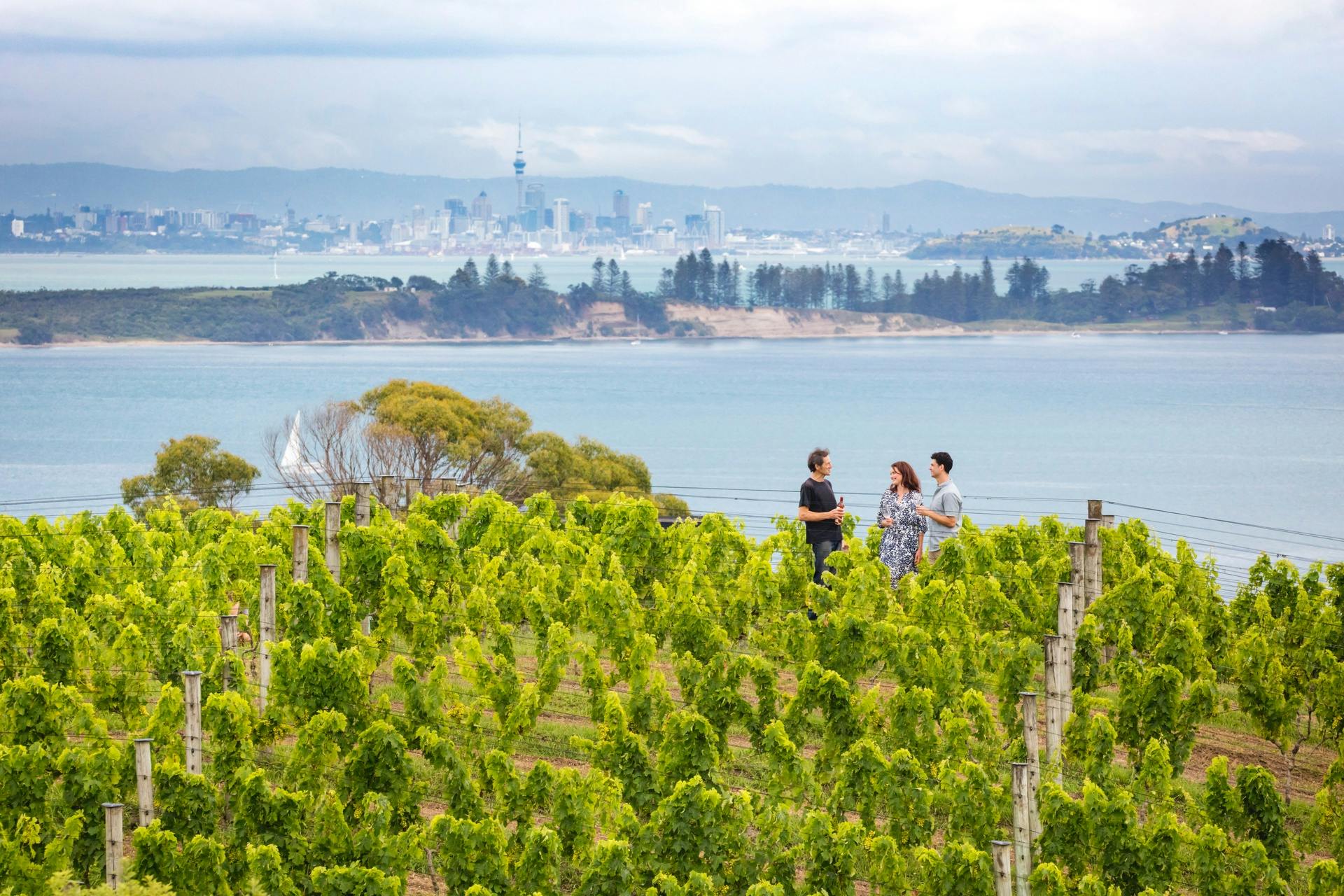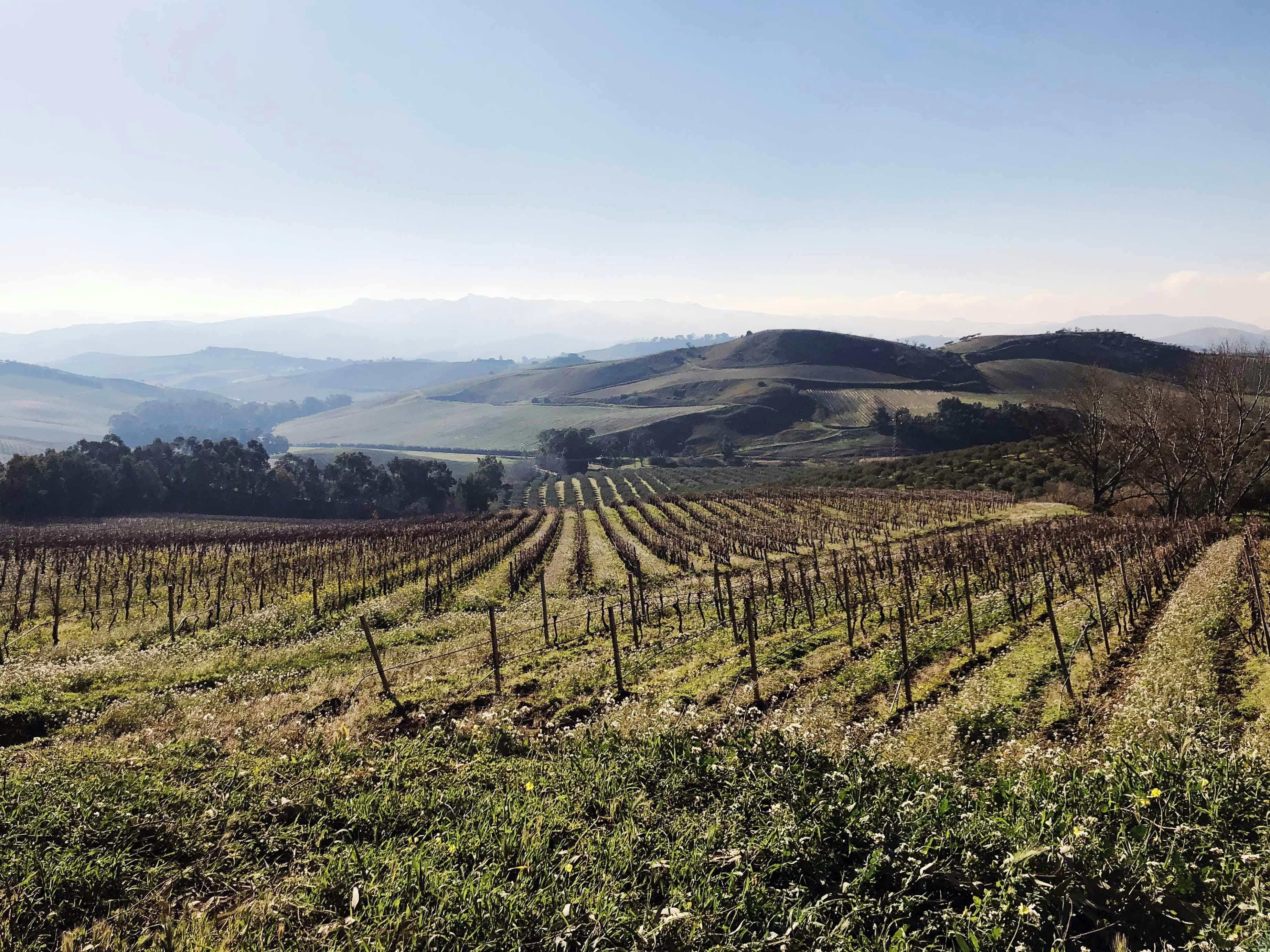Adelaide Gives You a Tasteful Introduction to Some of South Australia’s Wonders
While people apparently weren’t paying attention, Australia’s Adelaide has quietly elevated itself into a formidable food and wine destination. The capital of the state of South Australia is a player, and it’s having a well-deserved moment.
Like a lot of tourists, I visited Sydney and Melbourne on my first visit to Australia and enjoyed them. When I returned in early 2024, Adelaide was on my list, and it did not disappoint.
How could you not be enthralled by a region that has some of the oldest Shiraz grapes in the world and a robust multicultural restaurant scene that checks most of the boxes?
At the epicenter, the incomparable Adelaide Central Market – one of the largest fresh-produce markets in the Southern Hemisphere – is a vibrant culinary playground that can easily push your senses into overdrive.
Eat, drink and be merry? Now that’s an understatement.
Getting a taste of Adelaide
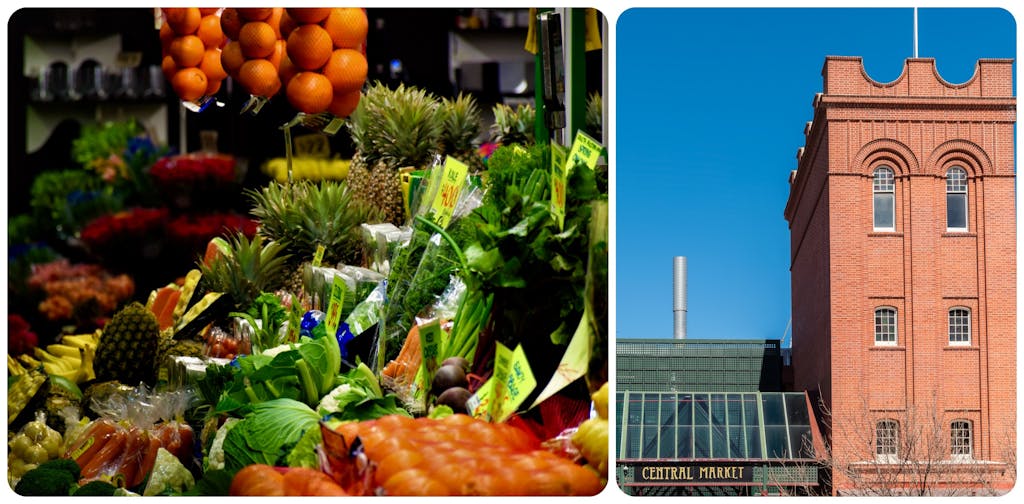
First, a bit about this well-designed and walkable city.
A perimeter of green parkland surrounds the city center, which is little more than 1.5 square miles. The green space and the regulations that restrict building heights to 31 stories give this city of 1.4 million an open, accessible vibe.
Locals call Adelaide the 20-minute city because seemingly everything, including beaches, is just that far 20 from the city center. Adelaide, settled in 1836, is proud of its relaxed lifestyle, colonial heritage, reputation as an arts capital and growing panache involving all things foodie.
During my four-night stay, I visited with a woman who conducts food and wine tours, a chef whose portfolio of restaurants Adelaideans celebrate, and a vineyard manager and former sommelier who all agreed on one factlet: The central market lies at the heart of the foodie culture.
One guide compared the bustling 3-acre market with more than 70 stalls to “a big, warm hug.” I felt the passion that vendors – Malaysian noodle-makers, Italian grocers, Portuguese dessert producers, among others – have for their products. My favorites: House of Health, which sells organic, plastic-free soaps, honey and oils, and the indigenous-owned Something Wild, specializing in buffalo, venison, wild boar, camel, goat, wallaby, emu, pigeon and kangaroo.
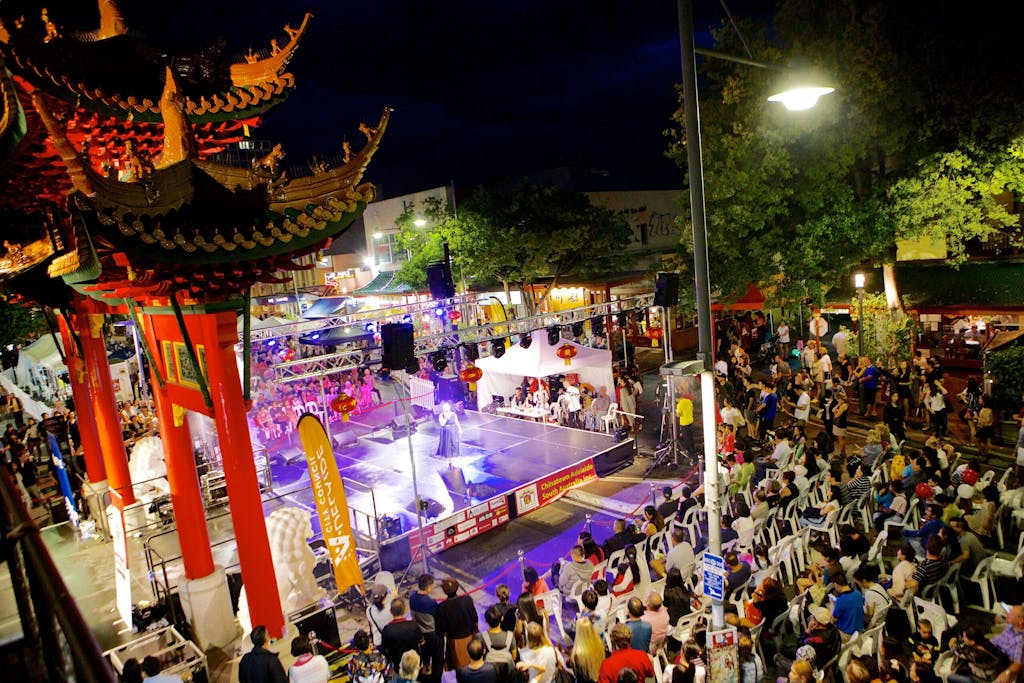
The market is also a historic landmark that lies on the edge of Chinatown, itself a destination. I took a wander around the neighborhood my first afternoon and enjoyed a terrific lunch at the award-winning Concubine, an unpretentious restaurant at 132 Gouger St. that features such dishes as slow-braised beef cheeks, bok choy stir fry, and eggplant stuffed with minced prawns.
The breadth of ethnic cuisine choices is a lesson in cultures: Korean, Japanese, Thai, Afghan, Malaysian, Algerian, Uyghur, Morracan, Mexican, Argentine, Italian, Persian, South African, French and American, among them.
One restaurant that deserves a shoutout: Botanic, an upmarket modern Australian eatery that was Gourmet Traveller’s pick for the country’s Restaurant of the Year in 2023. The tasting menu features 26 flavor combinations and takes about four hours.
You’ll also find standout local dishes that are more down to earth – notably, the Bung Fritz, a lightly smoked beef, lamb and pork sausage covered in an orange-colored sheep casing that butchers call “bung,” and the beef pie floater which the National Trust of Australia recognizes as a South Australian Heritage Icon.
The floater, topped with ketchup, contains tender beef chunks encased in a flaky pastry submerged in a bowl of thick, green pea soup. It’s said to be good for hangovers.
Would you like wine with that? Yes, please

Chef Andy Davies, whose most recent restaurant Patch Kitchen & Garden opened in early 2023, has been a mover and shaker in the local restaurant scene for years.
He says the area is attracting overseas and A-list chefs, especially since COVID, because of the lifestyle, proximity to wine regions such as the Barossa Valley, and some of the best vegetables, produce, seafood, lamb and beef on offer.
Also in play: Adelaide diners have become more adventurous, moving beyond a long-time formula of Thursday pub nights, Saturday date nights and roast beef on Sundays. “Chefs today want to live without those rules, and they can do that here,” Davies said.
Adelaide is also the gateway to the Barossa Valley, whose Penfolds and Jacob’s Creek wines introduced American consumers to Australian grapes in the 1980s and 1990s. Today, more than half of wines produced in the country originate in South Australia.
When wine specialist Chris Eerden picked me up for our 90-minute drive to Barossa, I liked him immediately.
“If it’s wine-related, I’m pretty happy,” he told me. I’ll drink to that.
And with Barossa, one of the world’s great wine regions, there’s much to celebrate: more than 150 wineries, grape-growing families that date back generations, and some of the oldest Shiraz vines in the world that are still producing about 180 years after they were planted. That’s a wine wow.

That afternoon, we visited tasting rooms – or cellar doors, as the Australians call them – at Yalumba and Torbreck vineyards as well as Artisans of Barossa, a collective of eight small-batch winemakers offering more than 100 wines. Yalumba, notably, is the only winery in the Southern Hemisphere with an on-site cooperage, where barrels are hand-crafted from oak to give their wines more character.
We enjoyed a four-course “sharing feast” paired with wines at Fino, a fine-dining restaurant at the Seppeltsfield wine estate. Shiraz, Grenache, Riesling, Viognier and more. There’s much to like here and reason to return.
If you go:
Market watch: Before your visit to Adelaide Central Market, download the free self-guided Adelaide Central Market Audio Tour using your Apple or Android podcast app. Two hosts guide you through more than 150 years of history and culinary heritage with stops at various stalls and conversations with some of their favorite vendors. The scene can get hectic, and this is an effective way to optimize your time. At the least, listen to it before you go. Open Tuesdays-Saturdays.
Eat streets: Adelaide’s liveliest food districts include such streets as Gouger, Rundle, Hutt, Melbourne and Peel. Many wine bars that are making good food, including Good Gilbert, which Gourmet Traveller chose as the 2023 Wine Bar of the Year by. It has small and large plates as well as a “let-us-feed -you” option.



